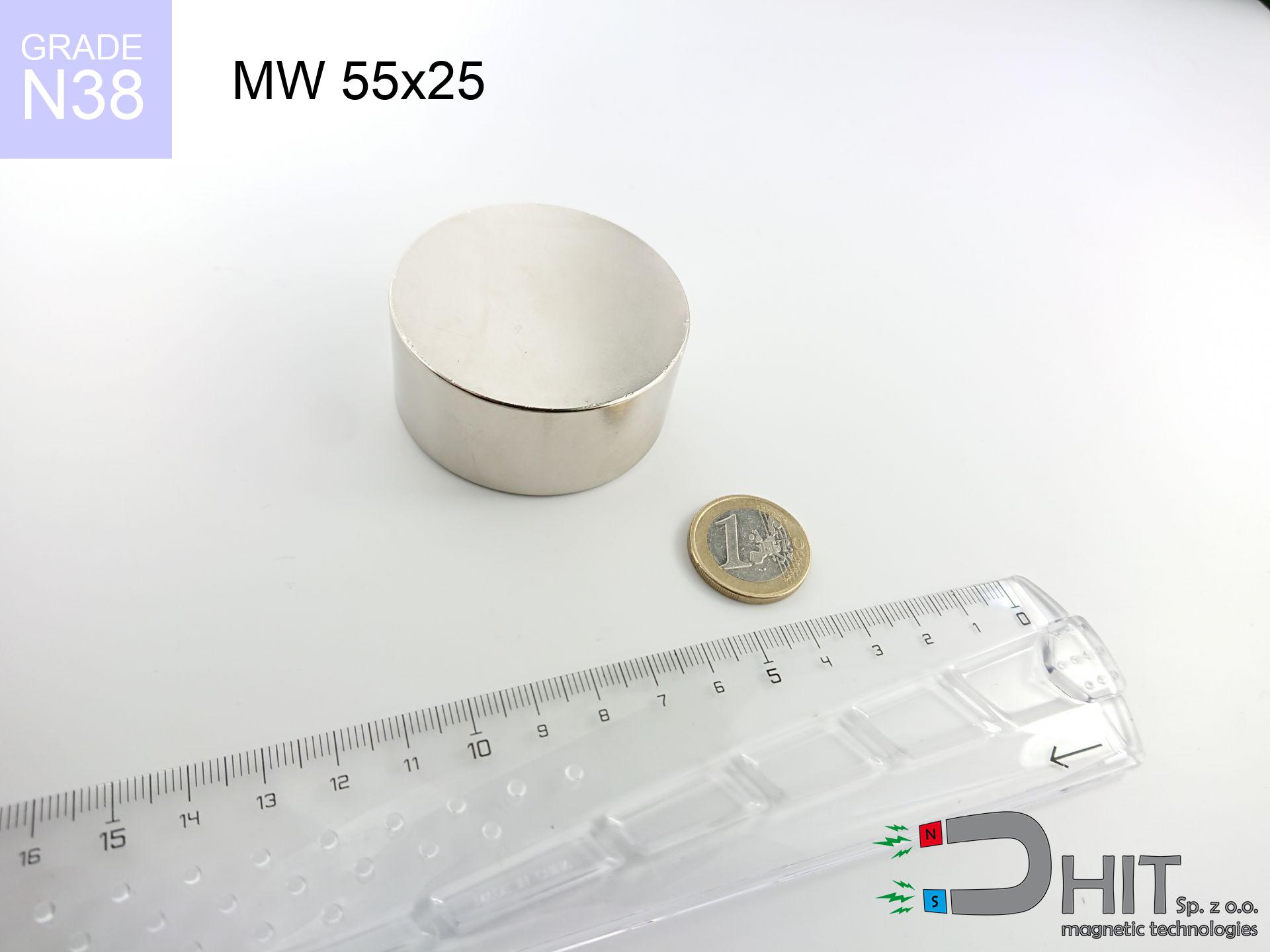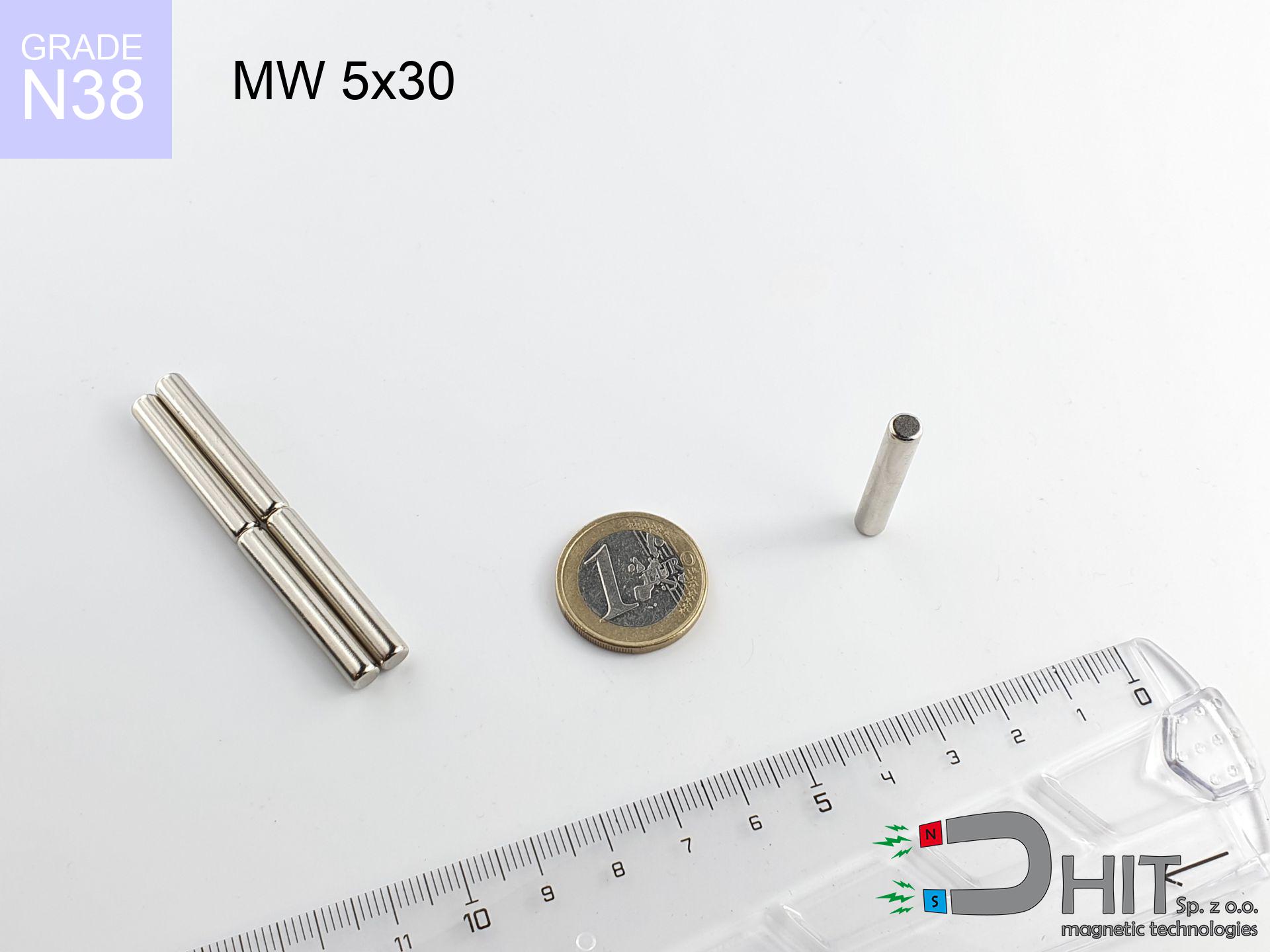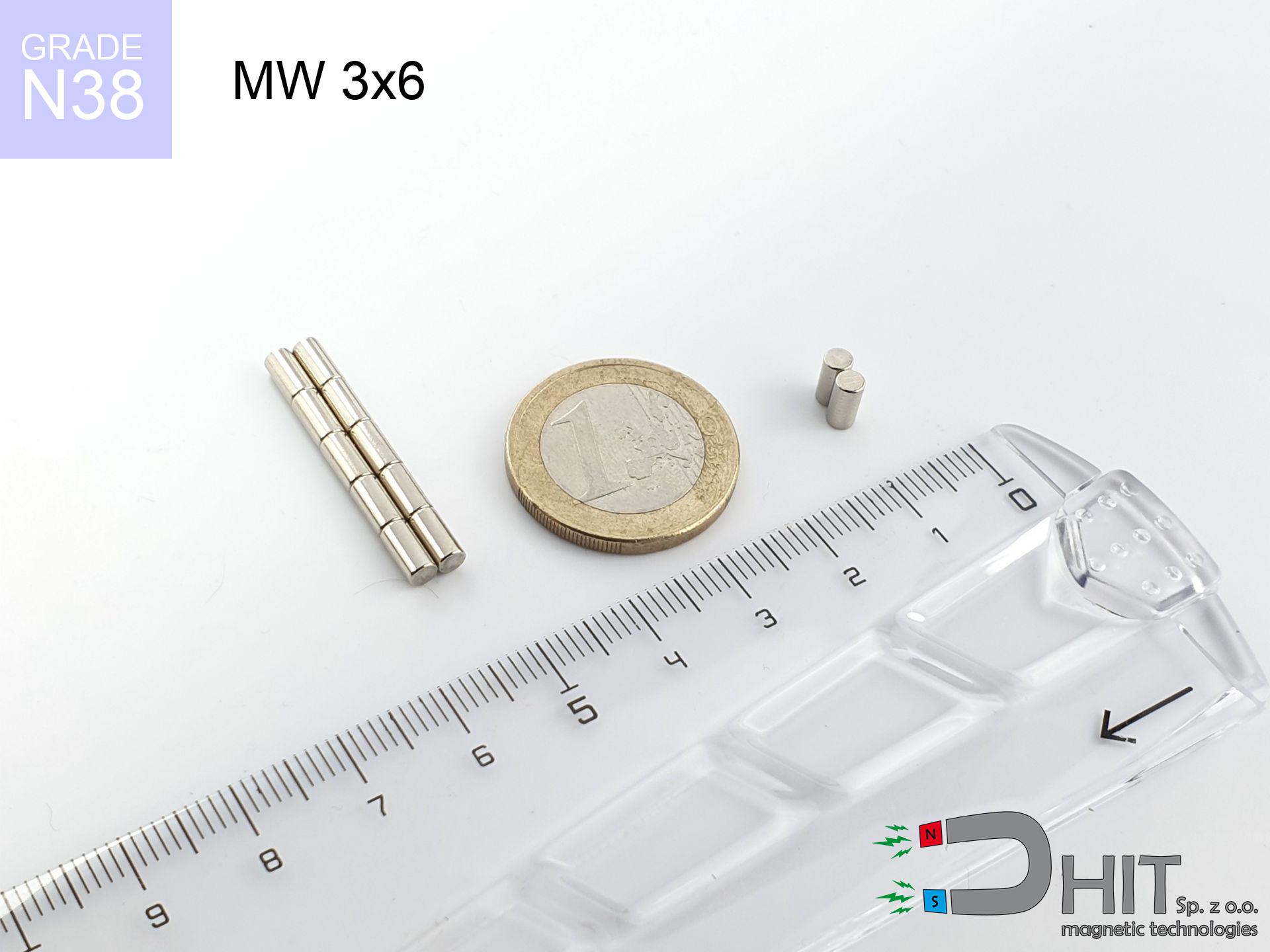UMT 12x20 black set / N38 - board holder
board holder
Catalog no 230264
GTIN/EAN: 5906301814276
Diameter Ø
12 mm [±1 mm]
Height
20 mm [±1 mm]
Weight
33.5 g
Coating
[NiCuNi] Nickel
44.99 ZŁ with VAT / pcs + price for transport
36.58 ZŁ net + 23% VAT / pcs
bulk discounts:
Need more?
Contact us by phone
+48 888 99 98 98
if you prefer drop us a message via
contact form
through our site.
Parameters along with form of a magnet can be estimated on our
our magnetic calculator.
Orders placed before 14:00 will be shipped the same business day.
Technical data - UMT 12x20 black set / N38 - board holder
Specification / characteristics - UMT 12x20 black set / N38 - board holder
| properties | values |
|---|---|
| Cat. no. | 230264 |
| GTIN/EAN | 5906301814276 |
| Production/Distribution | Dhit sp. z o.o. |
| Country of origin | Poland / China / Germany |
| Customs code | 85059029 |
| Diameter Ø | 12 mm [±1 mm] |
| Height | 20 mm [±1 mm] |
| Weight | 33.5 g |
| Coating | [NiCuNi] Nickel |
| Manufacturing Tolerance | ±1 mm |
Magnetic properties of material N38
| properties | values | units |
|---|---|---|
| remenance Br [min. - max.] ? | 12.2-12.6 | kGs |
| remenance Br [min. - max.] ? | 1220-1260 | mT |
| coercivity bHc ? | 10.8-11.5 | kOe |
| coercivity bHc ? | 860-915 | kA/m |
| actual internal force iHc | ≥ 12 | kOe |
| actual internal force iHc | ≥ 955 | kA/m |
| energy density [min. - max.] ? | 36-38 | BH max MGOe |
| energy density [min. - max.] ? | 287-303 | BH max KJ/m |
| max. temperature ? | ≤ 80 | °C |
Physical properties of sintered neodymium magnets Nd2Fe14B at 20°C
| properties | values | units |
|---|---|---|
| Vickers hardness | ≥550 | Hv |
| Density | ≥7.4 | g/cm3 |
| Curie Temperature TC | 312 - 380 | °C |
| Curie Temperature TF | 593 - 716 | °F |
| Specific resistance | 150 | μΩ⋅cm |
| Bending strength | 250 | MPa |
| Compressive strength | 1000~1100 | MPa |
| Thermal expansion parallel (∥) to orientation (M) | (3-4) x 10-6 | °C-1 |
| Thermal expansion perpendicular (⊥) to orientation (M) | -(1-3) x 10-6 | °C-1 |
| Young's modulus | 1.7 x 104 | kg/mm² |
Elemental analysis
| iron (Fe) | 64% – 68% |
| neodymium (Nd) | 29% – 32% |
| boron (B) | 1.1% – 1.2% |
| dysprosium (Dy) | 0.5% – 2.0% |
| coating (Ni-Cu-Ni) | < 0.05% |
Environmental data
| recyclability (EoL) | 100% |
| recycled raw materials | ~10% (pre-cons) |
| carbon footprint | low / zredukowany |
| waste code (EWC) | 16 02 16 |
Other proposals
Advantages as well as disadvantages of rare earth magnets.
Strengths
- They have unchanged lifting capacity, and over more than 10 years their performance decreases symbolically – ~1% (in testing),
- They show high resistance to demagnetization induced by external field influence,
- The use of an refined finish of noble metals (nickel, gold, silver) causes the element to present itself better,
- The surface of neodymium magnets generates a intense magnetic field – this is a distinguishing feature,
- Neodymium magnets are characterized by extremely high magnetic induction on the magnet surface and can function (depending on the form) even at a temperature of 230°C or more...
- Thanks to versatility in shaping and the capacity to customize to complex applications,
- Huge importance in electronics industry – they are commonly used in HDD drives, drive modules, diagnostic systems, and complex engineering applications.
- Relatively small size with high pulling force – neodymium magnets offer high power in small dimensions, which enables their usage in small systems
Disadvantages
- To avoid cracks under impact, we recommend using special steel housings. Such a solution protects the magnet and simultaneously increases its durability.
- Neodymium magnets lose their power under the influence of heating. As soon as 80°C is exceeded, many of them start losing their force. Therefore, we recommend our special magnets marked [AH], which maintain stability even at temperatures up to 230°C
- Due to the susceptibility of magnets to corrosion in a humid environment, we recommend using waterproof magnets made of rubber, plastic or other material resistant to moisture, when using outdoors
- Limited ability of producing nuts in the magnet and complex forms - recommended is a housing - magnet mounting.
- Health risk resulting from small fragments of magnets can be dangerous, in case of ingestion, which gains importance in the context of child health protection. Furthermore, small components of these magnets can complicate diagnosis medical when they are in the body.
- High unit price – neodymium magnets have a higher price than other types of magnets (e.g. ferrite), which hinders application in large quantities
Holding force characteristics
Optimal lifting capacity of a neodymium magnet – what affects it?
- on a block made of mild steel, optimally conducting the magnetic field
- whose thickness equals approx. 10 mm
- with a plane free of scratches
- under conditions of ideal adhesion (metal-to-metal)
- during detachment in a direction vertical to the plane
- in stable room temperature
What influences lifting capacity in practice
- Gap between surfaces – every millimeter of distance (caused e.g. by varnish or dirt) significantly weakens the magnet efficiency, often by half at just 0.5 mm.
- Pull-off angle – remember that the magnet holds strongest perpendicularly. Under sliding down, the capacity drops significantly, often to levels of 20-30% of the nominal value.
- Element thickness – for full efficiency, the steel must be sufficiently thick. Thin sheet restricts the lifting capacity (the magnet "punches through" it).
- Metal type – different alloys attracts identically. High carbon content worsen the interaction with the magnet.
- Smoothness – full contact is possible only on polished steel. Rough texture create air cushions, reducing force.
- Thermal factor – hot environment weakens pulling force. Exceeding the limit temperature can permanently demagnetize the magnet.
Lifting capacity was assessed with the use of a steel plate with a smooth surface of suitable thickness (min. 20 mm), under vertically applied force, whereas under shearing force the holding force is lower. Additionally, even a minimal clearance between the magnet and the plate lowers the holding force.
Precautions when working with NdFeB magnets
Metal Allergy
Certain individuals have a contact allergy to Ni, which is the common plating for NdFeB magnets. Extended handling can result in skin redness. We recommend use protective gloves.
Warning for heart patients
People with a heart stimulator should maintain an safe separation from magnets. The magnetic field can interfere with the functioning of the life-saving device.
Dust is flammable
Powder produced during cutting of magnets is self-igniting. Do not drill into magnets unless you are an expert.
GPS Danger
GPS units and mobile phones are extremely sensitive to magnetic fields. Direct contact with a strong magnet can permanently damage the sensors in your phone.
Caution required
Use magnets with awareness. Their immense force can shock even professionals. Be vigilant and respect their power.
Thermal limits
Standard neodymium magnets (N-type) lose magnetization when the temperature exceeds 80°C. The loss of strength is permanent.
Finger safety
Pinching hazard: The pulling power is so immense that it can cause hematomas, crushing, and even bone fractures. Protective gloves are recommended.
Electronic hazard
Powerful magnetic fields can erase data on credit cards, HDDs, and storage devices. Maintain a gap of at least 10 cm.
Shattering risk
Beware of splinters. Magnets can explode upon violent connection, ejecting shards into the air. Eye protection is mandatory.
This is not a toy
Strictly keep magnets out of reach of children. Ingestion danger is high, and the consequences of magnets connecting inside the body are fatal.






![UMP 135x40 [M10+M12] GW F 600 kg / N38 - search holder UMP 135x40 [M10+M12] GW F 600 kg / N38 - search holder](https://cdn3.dhit.pl/graphics/products/ump135x40-m10+m12-gw-f-600-kg-luz.jpg)

